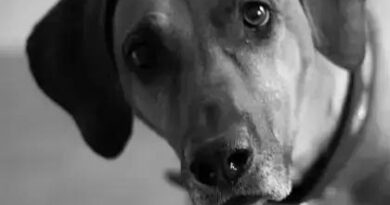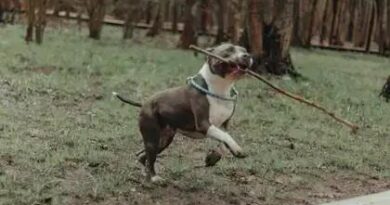What is: Airway obstruction in dogs
What is Airway Obstruction in Dogs?
Airway obstruction in dogs refers to a condition where the normal flow of air to and from the lungs is hindered. This can occur due to various reasons, including foreign objects, swelling, or anatomical abnormalities. Understanding the causes and symptoms of airway obstruction is crucial for dog owners to ensure their pets receive timely medical attention.
Causes of Airway Obstruction in Dogs
There are several potential causes of airway obstruction in dogs. Commonly, foreign bodies such as bones, toys, or even food can become lodged in the throat. Additionally, conditions like laryngeal paralysis, tumors, or severe allergic reactions can lead to swelling that obstructs the airway. Recognizing these causes can help in preventing such emergencies.
Symptoms of Airway Obstruction
Symptoms of airway obstruction in dogs can vary but often include coughing, gagging, difficulty breathing, and excessive panting. In severe cases, a dog may exhibit blue-tinged gums, indicating a lack of oxygen. Observing these symptoms early can be vital for effective intervention and treatment.
Diagnosis of Airway Obstruction
Diagnosing airway obstruction in dogs typically involves a thorough physical examination by a veterinarian. The vet may use tools such as endoscopy to visualize the airway and identify any blockages. Diagnostic imaging, like X-rays, may also be employed to assess the extent of the obstruction and determine the best course of action.
Treatment Options for Airway Obstruction
Treatment for airway obstruction in dogs depends on the severity and cause of the blockage. In cases of foreign body obstruction, immediate removal may be necessary, often requiring sedation or anesthesia. For swelling-related obstructions, medications such as corticosteroids may be administered to reduce inflammation and ease breathing.
Preventing Airway Obstruction
Preventing airway obstruction in dogs involves proactive measures. Dog owners should monitor their pets during playtime to prevent them from chewing on small objects that could be swallowed. Additionally, ensuring that dogs are fed appropriate-sized food and avoiding giving them bones can significantly reduce the risk of obstruction.
Emergency Response to Airway Obstruction
In the event of suspected airway obstruction, immediate action is crucial. Owners should remain calm and assess the situation. If the dog is unable to breathe, performing the Heimlich maneuver for dogs may be necessary. Seeking emergency veterinary care should follow any attempts to relieve the obstruction.
Long-term Effects of Airway Obstruction
The long-term effects of airway obstruction in dogs can vary based on the severity and duration of the obstruction. Prolonged lack of oxygen can lead to serious health issues, including brain damage or death. Early intervention is key to minimizing these risks and ensuring a full recovery for the affected dog.
When to Seek Veterinary Help
Dog owners should seek veterinary help immediately if they suspect their pet is experiencing airway obstruction. Signs such as persistent coughing, difficulty breathing, or changes in gum color should not be ignored. Timely medical intervention can make a significant difference in the outcome for the dog.
Conclusion
Understanding airway obstruction in dogs is essential for every pet owner. By being aware of the causes, symptoms, and treatment options, owners can better protect their furry friends from this potentially life-threatening condition.



